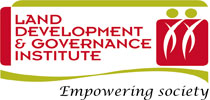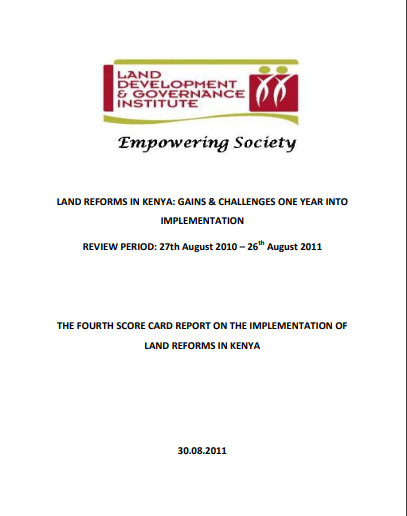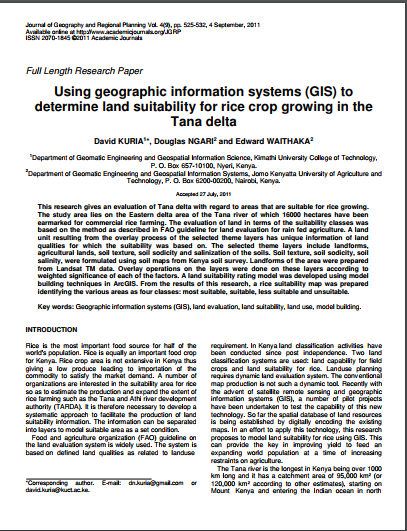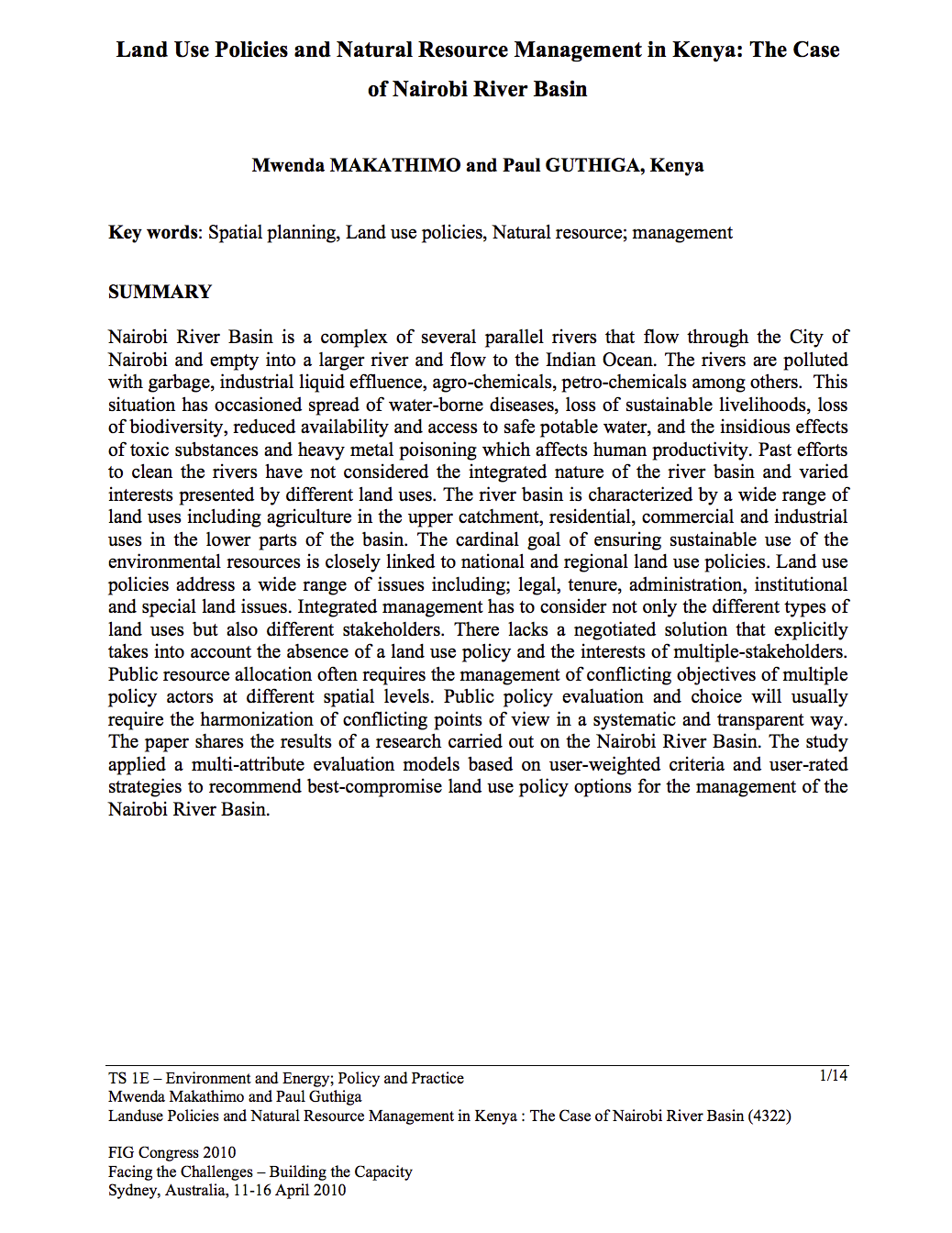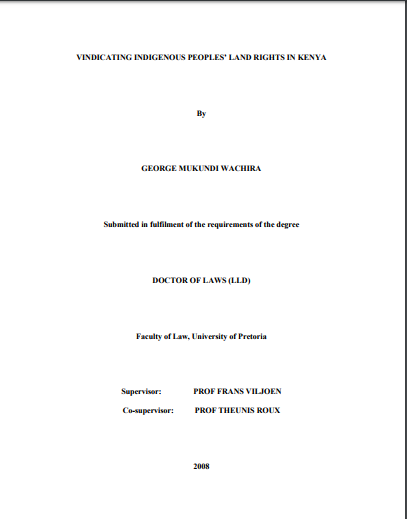Focal point
Location
Land Development and Governance Institute
MISSION: To contribute to improved livelihoods through offering a bridge between communities, stakeholders and policy makers in the promotion of equitable access and sustainable management of land and natural resources.
VISION: To become a centre of excellence in promoting the application of appropriate land policies, laws and management practices by empowering society through innovative and knowledge based advocacy and capacity building in Kenya and the region. LDGI values of Integrity, Trust and Professionalism influence the way we work every day and everywhere.
Members:
Resources
Displaying 61 - 65 of 73LAND REFORMS IN KENYA: GAINS & CHALLENGES ONE YEAR INTO IMPLEMENTATION
On 27th August 2010, Kenya’s new constitution was promulgated. This set in place a process of implementation through the enactment of different legislations and setting up of new institutional frameworks as envisaged in the new constitutional dispensation. For the land sector, far reaching legal and institutional reforms are envisaged in Chapter 5 of the constitution. The Chapter on Land and Environment also lays out broad principles through which land and the environment shall be managed.
Using geographic information systems (GIS) to determine land suitability for rice crop growing in the Tana delta
This research gives an evaluation of Tana delta with regard to areas that are suitable for rice growing. The study area lies on the Eastern delta area of the Tana river of which 16000 hectares have been earmarked for commercial rice farming. The evaluation of land in terms of the suitability classes was based on the method as described in FAO guideline for land evaluation for rain fed agriculture. A land unit resulting from the overlay process of the selected theme layers has unique information of land qualities for which the suitability was based on.
The Kenyan Cadastre and Modern Land Administration
Despite a history of more than 100 years and the introduction of provisional maps to support land registration, the Kenyan cadastre is largely incomplete. It consists of a patchwork of maps of different positional qualities, which would not be readily integrated to create a nation-wide coverage. This paper outlines the structure of the Kenyan cadastre and analyses the quality of the cadastral maps with regard to the requirements of modern land administration.
Land Use Policies and Natural Resource Management in Kenya: The Case of Nairobi River Basin
Nairobi River Basin is a complex of several parallel rivers that flow through the City of Nairobi and empty into a larger river and flow to the Indian Ocean. The rivers are polluted with garbage, industrial liquid effluence, agro-chemicals, petro-chemicals among others. This situation has occasioned spread of water-borne diseases, loss of sustainable livelihoods, loss of biodiversity, reduced availability and access to safe potable water, and the insidious effects of toxic substances and heavy metal poisoning which affects human productivity.
VINDICATING INDIGENOUS PEOPLES’ LAND RIGHTS IN KENYA
This thesis examines the extent to which Kenya’s domestic legal framework vindicates indigenous peoples’ land rights. The question of who is an indigenous person in Kenya is, of course, controversial. In order to avoid becoming enmeshed in this debate, this thesis adopts the approach of the African Commission on Human and Peoples’ Rights, which is based on identifying the key concerns faced by marginalised communities who self-identify as indigenous peoples.

